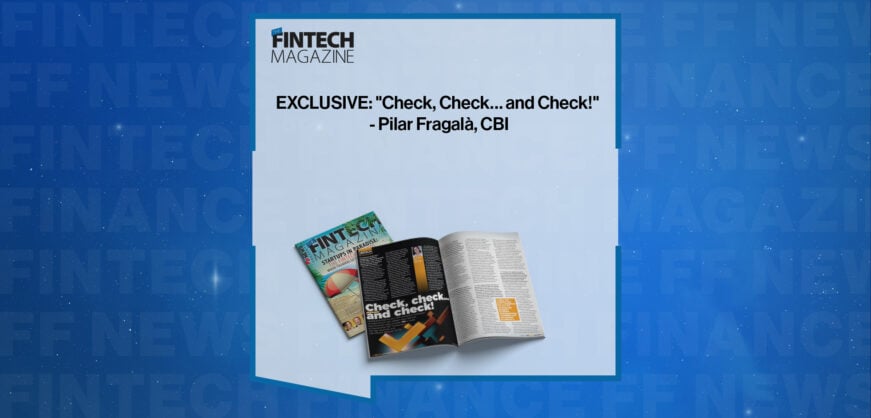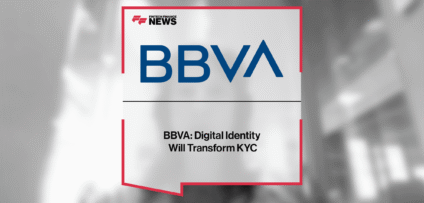Breaking News

IFX Payments: Working with an ecosystem of digital partners in Fintech
by Will Marwick, CEO of IFX Payments
Digital partners allow fintechs to outsource an array of technical and process-related services such as payment solution providers, customer and transaction screening, website development and the cloudification of its IT infrastructure to name a few.
As a fintech, we have our brand – ‘IFX Payments’ – and then a banking stack that sits underneath it which comprises multiple functions that are either built inhouse or provided by digital partners. Building a full service inhouse takes a long time and is costly, so if time isn’t on your side, you may need to rely on third party infrastructure to grow at scale.
Consumers expect a high level of service and for fintech companies to remain competitive, they need to utilise the functionality that is available to them. Fundamentally, working with digital partners boils down to two things: scalability and speed to market – particularly for businesses operating in the banking as a service (BaaS) space like we are.
Ultimately, as a new business, it’s about weighing up the costs between building a bespoke solution yourself and maintaining that or accelerating the process through digital partners by adopting a standardised product. A lot of businesses who want to launch quickly rely on third parties in order to digitise faster.
All things considered: how to choose your digital partner
Choosing the right digital partners is key to a fintech’s success and with a significant number of players in the market, it’s crucial to ensure you pick the right one to achieve long-term success. The most popular tend to be those which require more nuanced data demands – which is consolidated into a single service – or those which are low-risk to the business plan such as customer support or implementing cloud based infrastructure.
It is, however, important that a balance is struck in order to avoid becoming over reliant on providers and, as a result, being unable to differentiate from other companies using the same providers – if one company is employing the service, so will many others. Meeting market expectations is key but fintechs also need to be agile and progressive whilst ensuring that partners are meeting ever-rising standards by re-evaluating the service they provide. It’s about finding an equilibrium between meeting market expectations but also establishing your own competitive advantage, separating you from the pack.
Working with a digital partner does mean releasing a degree of control, which can be daunting to business owners in the sense that doing so can create strategic, financial and operational risk. When partners roll out new releases, there can be cumbersome technological integration work to do which can derail other priorities, or further yet, partner downtime can cause significant disruption with limited operational remedies immediately available.
Digital partners in traditional finance
Outsourcing to digital partners is often essential for small startups and the incumbents need to continue to develop and progress at the same rate. Some banks for example still have processes that are often clunky and archaic, and they’ll need to start meeting the service levels set by more agile fintechs if they are to compete directly by either innovating themselves or partnering with those that are already doing it.
Incumbents are displaying a greater acceptance to embracing digital partnerships compared to a decade ago – we’ve seen a number of big banks acquire fintechs over this period for this reason. The outdated infrastructure of old banks no longer aligns with the consumers priorities of agility and easy banking. Customers now want everything at their fingertips; instant service, fresh new apps that have innovative concepts and go beyond the traditional offering.
Technology is moving so fast that often, it is more cost-effective to outsource rather than constantly update internal systems. As a result, M&A will become a solution that larger businesses adopt albeit it won’t be the only strategy. In order for M&A to be successful, it’s important to identify target businesses with aligned strategic and cultural values otherwise the theoretical benefit attributed to the transaction won’t be realised. In the absence of that alignment, fintechs will need to identify other means of funding growth opportunities.
The future of digital partners
So, what is the future of digital partnerships in terms of the next decade? Digital partnerships are here to stay. Fintechs epitomise agility, new ideas, innovation and freedom to express themselves but ultimately, they want to create something that they think is going to be of value. Those that get it right will have the incumbents leveraging that service offering or will become industry leaders in their own right.
People In This Post
Companies In This Post
- EXCLUSIVE: “Check, Check… and Check!” – Pilar Fragalà, CBI in ‘The Fintech Magazine’ Read more
- BBVA: Digital Identity Will Transform KYC Read more
- Pocket Network Is Pioneering ‘DePIN for Data’ Read more
- Kea Rolls Out Local Payouts in 85+ Currencies Read more
- Friendly Fraud Expected to Increase by 25% Between Thanksgiving and Cyber Monday, Warns ACI Worldwide Read more

















